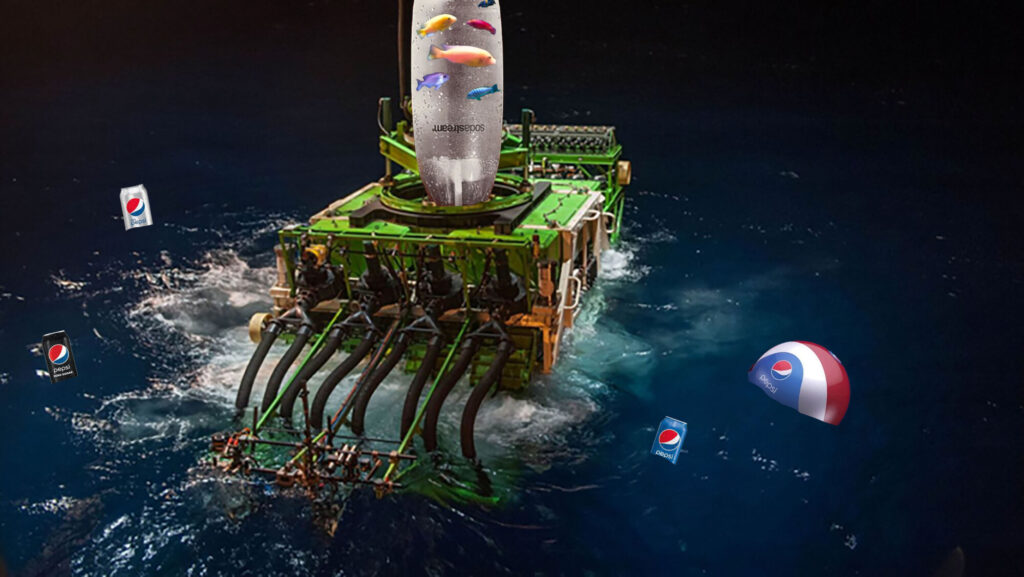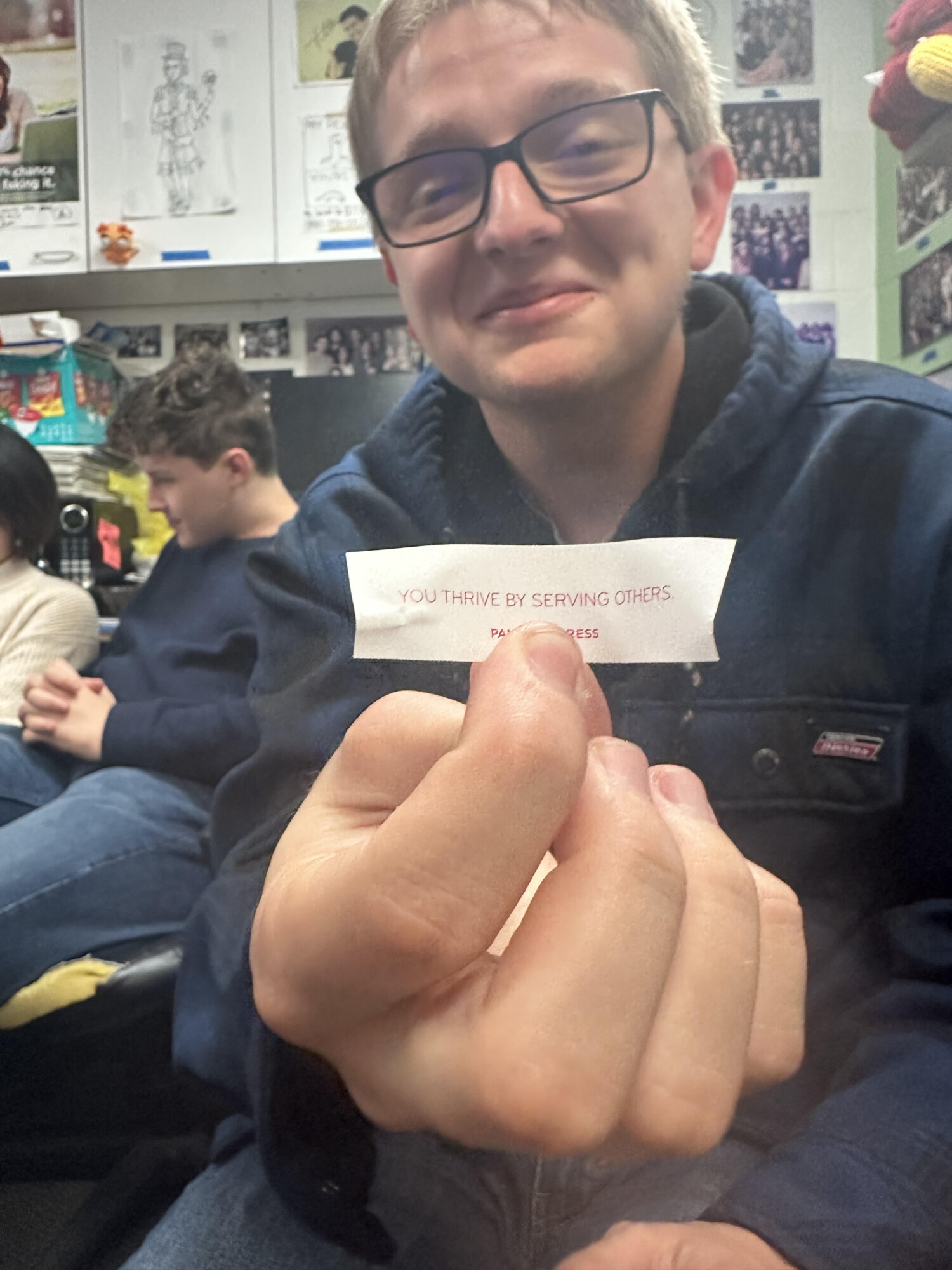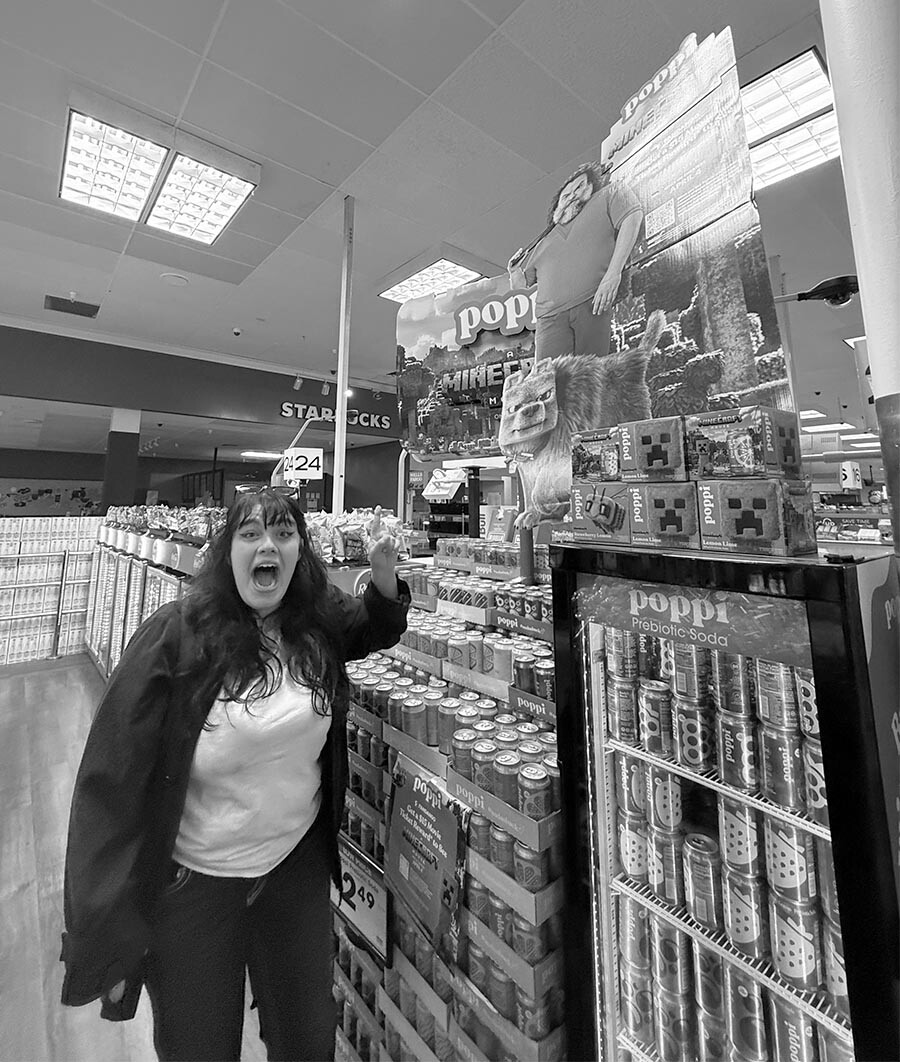
“I thought Pepsi’s carbonation initiative would taste better,” said one customer. “I’m still a bit salty about it.”
Photo by Farhad Taraporevala
Pepsi has begun carbonating the ocean as a part of their new effort to go carbon neutral. The initiative was announced on Boston Tea Party Remembrance Day through a commercial that featured Kendall Jenner pouring cans of Pepsi off a ship and into the ocean. Pepsi’s CEO, Marinara Trensch, announced, “Pepsi’s goal is to be completely carbon neutral by the year 2100. We pledge that for every carbon atom we produce, we will put one more carbon atom back into our oceans.”
In the same statement, Pepsi announced that their team of soda engineers have genetically modified a new type of Pepsi designed to accomplish their goal: Pepsi Yellow Underwater Mango (PepsiYUM). When PepsiYUM is exposed to saltwater, the “naturally manufactured” yellow dyes in the soda bind with salt to form a stabilizing complex that allows the carbon to stay in the water as a semi-permanent bubble without evaporating.
Pepsi’s head soda biologist Dr. Kei Meens explained the motivation for Pepsi’s recent environmental efforts. “Overpopulation has caused global warming because the added human weight has shifted the Earth’s orbit, pushing Earth closer to the sun. Due to global warming, water everywhere has been evaporating at unprecedented rates, and once water evaporates, it’s gone forever. This has led to falling sea levels and ocean salinification. Reinvigorating the environment with PepsiYUM will not only drop our net carbon emissions to zero, but will raise water levels and make the water taste better, fixing the damage humanity has done to the planet.” For “maximum sustainability,” each can of PepsiYUM is colored green and has instructions for numerous crafts and “DIY hacks” that can be done with the empty can.
Despite the environmental benefits, clinical trials have found that PepsiYUM is unfit for human consumption. “When PepsiYUM enters the digestive tract, it’s broken down into a compound called monomorphic maltose (MMM) which is a derivative of the sugar used in Krispy Kreme’s donut glaze,” said Dr. Meens. “MMM has the sweet taste of its parent compound, but humans lack the enzyme monomorphic maltase (MMMase) that allows fish to break down the sugar. Because humans cannot break down MMM, it accumulates in the body and forms sucroid plaques, which can cause organ failure and reverse foot swelling. In the long term, these symptoms will lead to a permanently runny nose, low self esteem, and death.” These effects can be avoided by taking MMMaid (MMMase in pill form) half an hour before ingestion of PepsiYUM. Trensch has confirmed that PepsiYUM and MMMaid can be purchased together or separately at Taco Bell and other PepsiCo fast food subsidiaries.
Preliminary studies show that PepsiYUM has already revived the Great Barrier Reef. After introducing PepsiYUM into the water, fish that are normally found miles away now travel to the Great Barrier Reef and leave only once the levels of PepsiYUM are depleted. Despite this, a study conducted by Koch Laboratories found that the lifespan for fish in regions with PepsiYUM has decreased by three years, citing heart disease as the primary cause of death. Trensch responded to these findings, saying, “All I hear is that the fish are really loving PepsiYUM!”
Following PepsiCo, Coca-Cola has released ECOke, “the superior solution for our planet,” and aims to be completely carbon neutral by 2099. Despite Coca-Cola’s claims, a quadruple-blind study published in Nature Soda revealed that there does not seem to be a significant difference between ECOke and PepsiYUM. Although both fish and humans cannot differentiate between the two drinks by taste, when given the choice, most will opt for ECOke.











